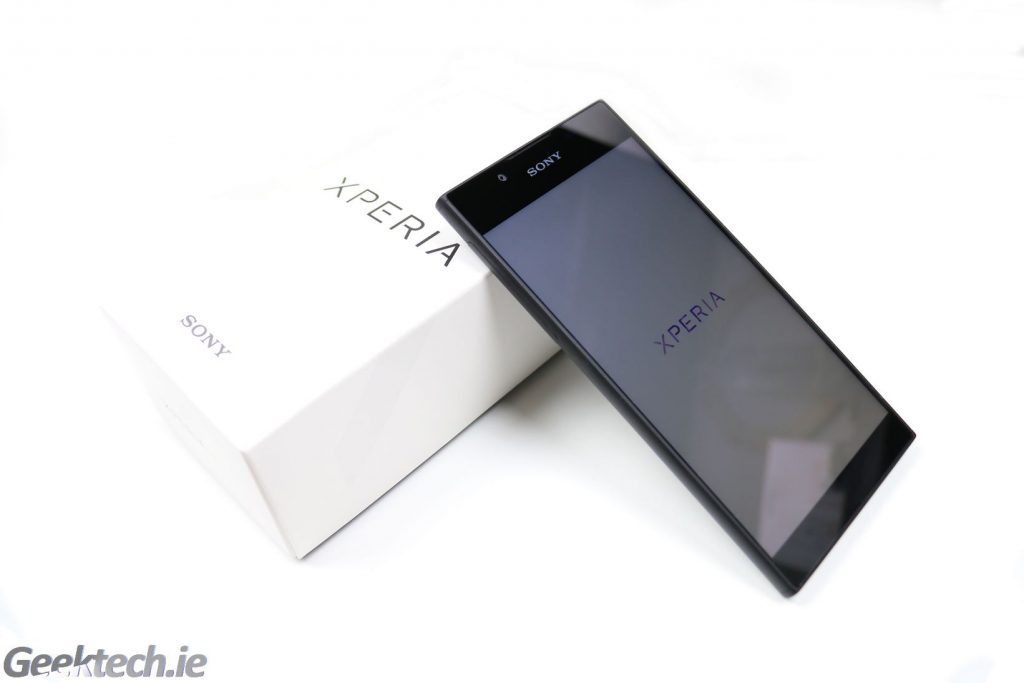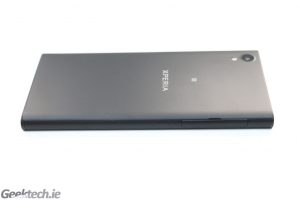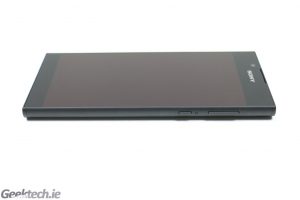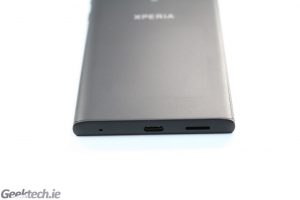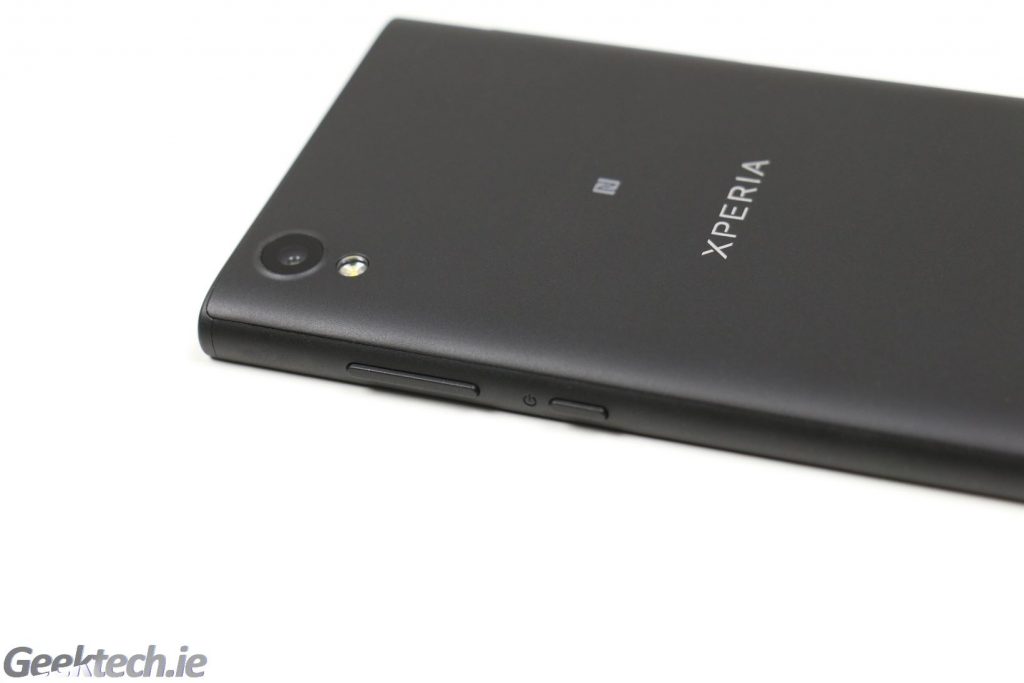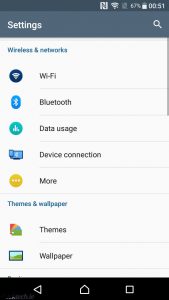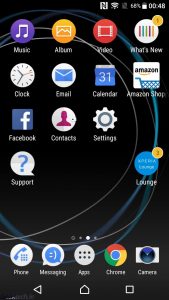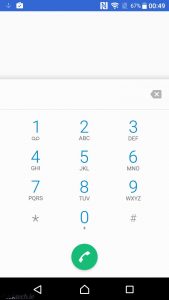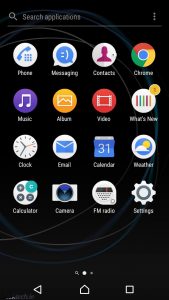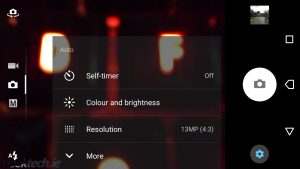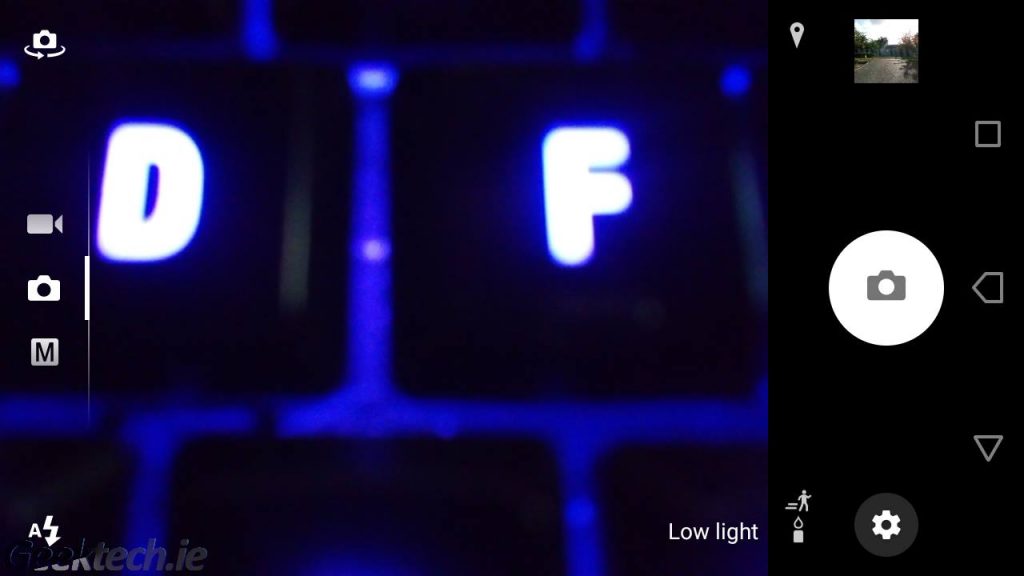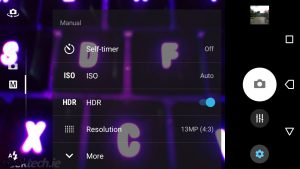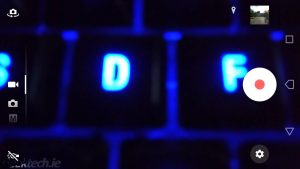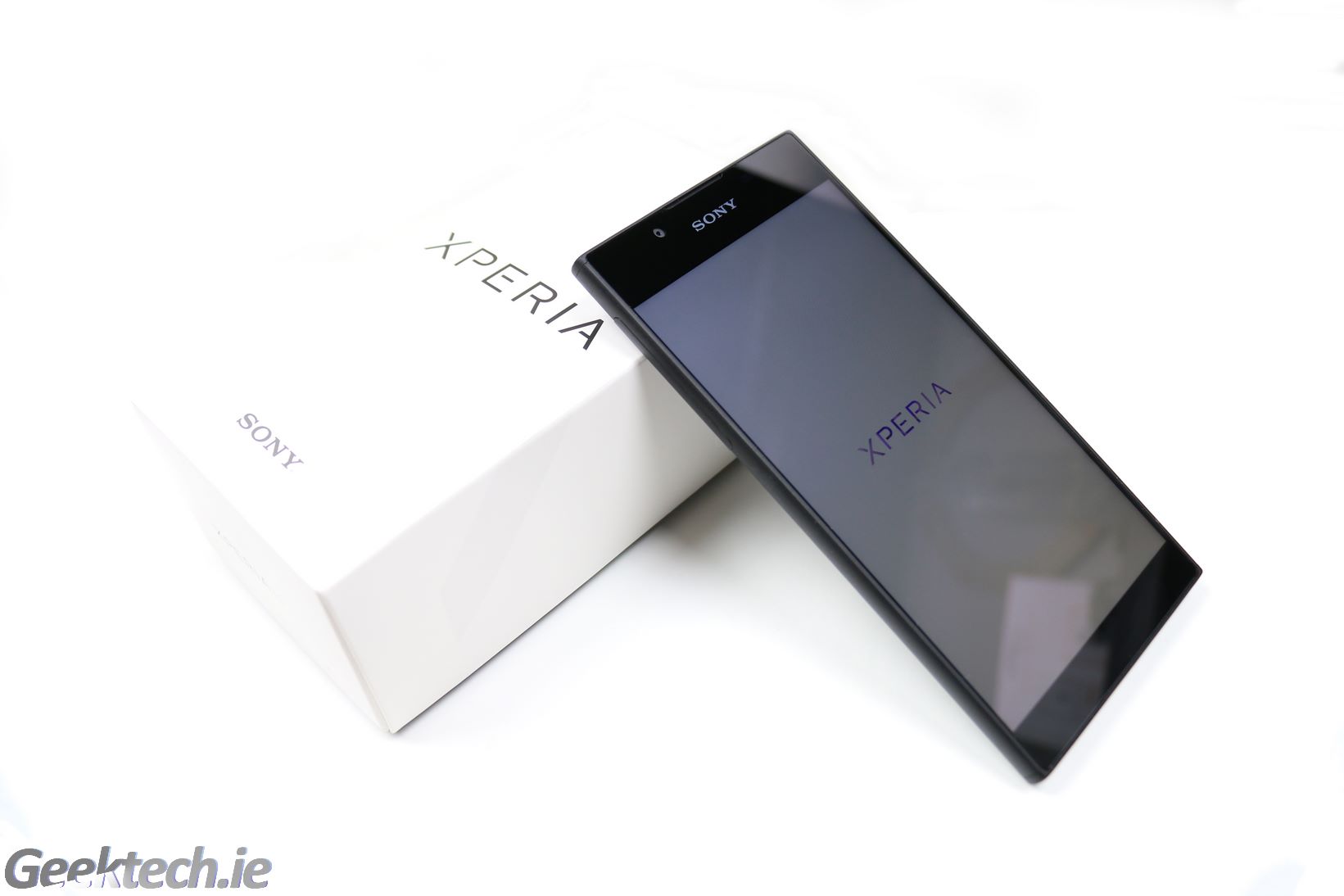Sony are no stranger to the budget and mid-range market when it comes to smartphones. In fact, most companies make a decent amount from this side of the market, so it’s important to have strong offerings.
Today we’re taking a look at Sony’s new Xperia L1, which is set to offer medium level specs such as a 5.5-inch display with 720p display, Mediatek MT673 7T Quad-Core processor running at 1.45GHz and 2GB of RAM. The camera is a decent 13MP sensor with f2.2 aperture on the rear and a 4MP sensor with the same f/2.2 aperture on the front. Both can shoot 1080p@30fps.
Let’s check out the full specs below before taking a closer look at the device.
- Android OS, v7.1.1 (Marshmallow)
- Display: 5.5″ IPS LCD display, 720p resolution
- Design: Polycarbonate shell with matt/textured finish
- Chipset: Mediatek MT6737T (4 x 1.45GHz),Mali-T720MP2 GPU, 2GB RAM
- Memory: 16GB Memory, expandable with microSD card
- Rear Camera: 13MP Sensor, f2.2 aperture, LED flash, 1080p@30fps,
- Front Camera: 5MP camera with 1080p@30fps video
- Connectivity: Wi-Fi 802.11 b/g/n, LTE Cat.4, hotspot, DLNA, Bluetooth 4.2, NFC, GPS/GLONASS/Beidou/Galileo, 3.5 mm audio jack,
- Other: USB Type-C (USB 2.0), FM Radio, Qnovo Adaptive Charging
- Dimensions: 151 x 74 x 8.7 mm Weight: 180 g
- Battery: 2,620mAh
We can see that we’re dealing with modest specs for sure, but nothing unsuspected for a device aimed at the mid-range market. The one interesting aspect is the inclusion of USB type-C, which is probably the first time a device at this price point to feature the new USB connection.
Let’s get the review moving and take a closer look at the Xperia L1.
Sony Xperia L1
The Xperia L1 is made up of a polycarbonate shell with matt like textured housing. We have the 5.5-inch 720p IPS display with on-screen buttons.
The left side of the devices has the MicroSD and Nano Sim slots. The right has the power button and volume buttons.
At the bottom of the device from the left we have the Speaker, USB Type-C connector, and microphone.
Sony have gone with a safe design for the device. It’s comfortable to hold, and looks good. Can’t ask for much from a mid-range device in terms of design.
UI
Thankfully Sony continue their process of leaving Android to do its thing and don’t change anything with regards to the UI. Navigation even on a budget/mid range device is extremely smooth.
Camera UI
We have the same camera app that Sony have been using for some time now. It’s handy to see them using the same navigation on all devices, and not providing a lesser capable app on the lower end devices.
Navigation within the camera app is a little odd at first, but does get easier over time.
We would like to see the ability to start taking a video or photos within the same mode, and not have to switch to do so, but alas that’s the same with their flagship devices as well. So not just the Xperia L1.
Photos
It’s time to take a look at the Xperia L1’s included 13MP camera sensor. Below are images taken on the Auto settings, then Manual without HDR, and again with HDR turned on.
Auto
Manual HDR Off
Manual HDR On
Thankfully the auto mode does a great job at using HDR when is necessary, but it would be nice to force it as an option within the app. HDR is the clear winner here and brings a great deal of detail into the images, and gives the Xperia L1 a decent shot at providing some great photos to enjoy.
Full Size Photos
The above photos are compressed for the website, but you can look at the full sized images via the link below.
Sony Xperia L1 Full Size Photos
Videos
The video side of things are fair straight forward, and here we have some 1080p footage to check out.
1080p
https://youtu.be/Pe8EK1uES7I
Benchmarks
Now it’s time to check out some performance numbers and see what the Xperia L1 can do. Of course since we’re dealing with a budget/midrange device, we’re not expecting huge numbers, but none the less, nobody want’s a modern device that can’t handle basic tasks.
| 3D Mark Ice Storm Extreme | 4256 |
| 3D Mark Ice Storm Unlimited | 6603 |
| 3D Mark Sling Shot | 282 |
| 3D Mark Sling Shot Extreme | 185 |
| Antutu | 38306 |
| Geekbench 3 Single-Core | 658 |
| Geekbench 3 Multi-Core | 1812 |
| PC Mark Work 2.0 | 3250 |
| PC Mark Computer Vision | 3446 |
| PC Mark Storage | 4904 |
| PC Mark Work | 7452 |
Like expected, we’re not seeing anything hugely impressive, but the results are good enough to provide users with a decent enough experience. Gaming will of course be limited to basic apps and nothing too intensive. Everything else on the device, including video recording, and browsing was pretty smooth. Just don’t expect much multi-tasking.
Battery Life
Battery life is one of the most important aspects of any device, and something that Sony does better than you would expect with their typically low mAh batteries.
Our test is aimed at medium to heavy usage within a 12 hour period and we see how much percentage we have left. It’s not an exact test, but meant to represent how long you would get with typical usage in mind.
| Phone Calls | 20-30 Minutes |
| Text message/Chat/Emails | Throughout the day(checking) and 20-30 sent |
| Photos | 10-20 |
| Video recording | 20-30 Minutes |
| Internet browsing | Throughout the day(around 30-40 minutes total) |
| Gaming | 30 Minutes |
| YouTube/Netflix | 30-40 Minutes |
| Connectivity | WiFi and 4G; mostly 4G |
| Screen Brightness | 50-percent |
The included 2,650mAh battery does a great job of keeping the device going, and we got through our 12 hours of usage with 37-percent battery left. Of course this isn’t a flagship device, so it’s not doing nearly as much work as a better performing device would, but none the less it’s important that a full day of heavy usage is easily possible, with 2 days also very likely for most using a device of this nature.
Conclusion
It’s now time to wrap up our review on the mid range Xperia L1 from Sony. These type of devices are the ones that are aimed at both younger and older poeple looking to possibly get their first smartphone, or just something to get the basics done and don’t want to spend too much, but still want to have a decent device.
Design
Sony kept everything on the Xperia L1 simple. We have a straight forward polycarbonate shell, with curbed sides for better grip. The phone also has a texture and somewhat gritty feel to it, that offers something a little different. Ultimately it’s a simple, yet elegant design for a mid-range device.
Display
We have a large 5.5-inch display, and thankfully Sony included a decent IPS screen with 1,280 x 720 resolution. This provides us with bright and saturated display with great colours and viewing angles. The resolution is enough to provide sharp details and give an overall good experience. This is another great aspect of the device.
Camera
The included 13MP sensor didn’t do anything to blow us away, but did offer quality photos when using HDR. The auto mode did a good job keeping everything balanced and used HDR appropriately. Overall the quality was decent enough to not leave users wishing for more from a mid-range device.
Performance
The included MediaTek MT6737T chjipset and 2GB’s of RAM are easily enough to provide a solid performance through the device. Things can become too much if your running a lot of apps, so best to keep things in mind. It didn’t take too long for 2GB’s of RAM on mobile devices to become a limiting factor. That said, we don’t imagine many having issue with performance on the device.
Battery life was one of the solid points of the device, and mostly thanks to the large form factor. The included 2,620mAh battery is enough to provide 2 days of heavy usage without any gaming and mid-brightness.
Overall
We’re quite pleased with the Sony Xperia L1. It doesn’t do any one thing amazingly for it’s market point, but altogether it offers a solid device with decent quality, large display, and optimal performance. Buying sim free might not be the best pricing for a budget/mid range device with network providers most likely offering better pricing to keep you on their network. The sub €200 price tag does bring the device into some competition from Samsung, HTC, and others. Currently on pre-pay in Ireland the device is avaialble for €160; which is a much more appropriate price tag.
Overall, if your looking for a mid-range device for less than €200 that still offers a large display, great battery life, and solid performance, than the Xperia L1 should definitely be on your list.
